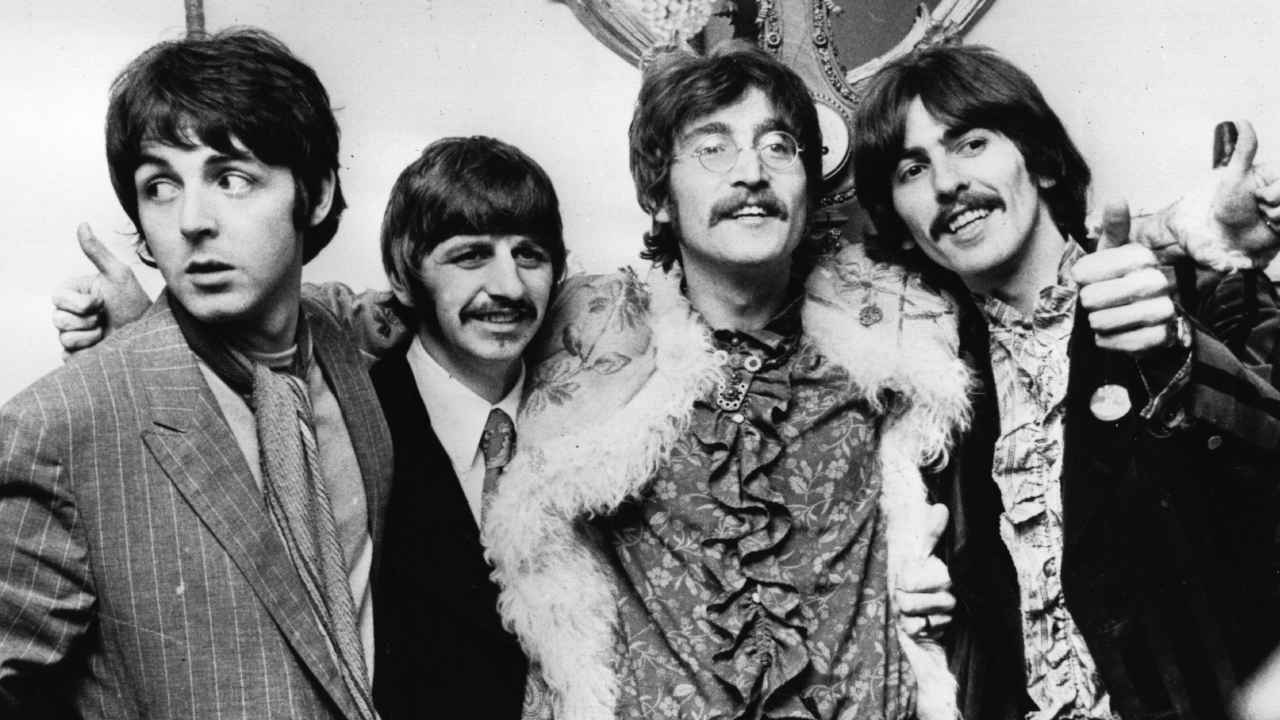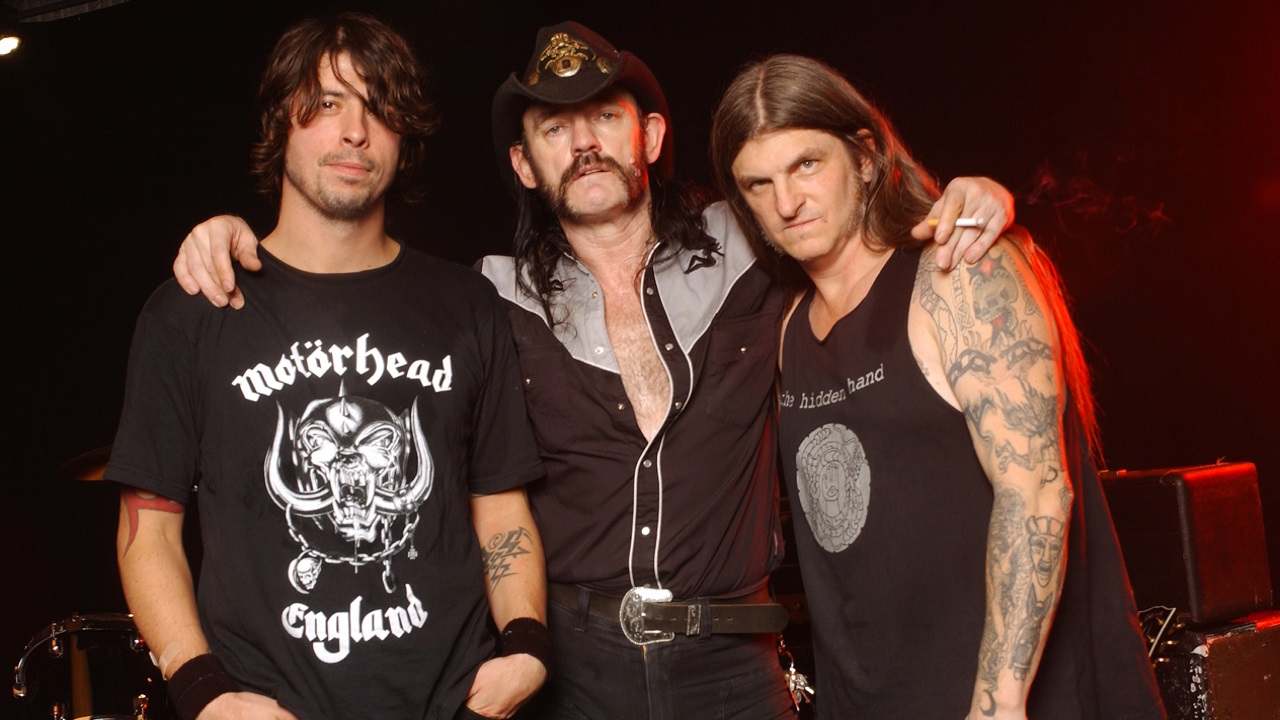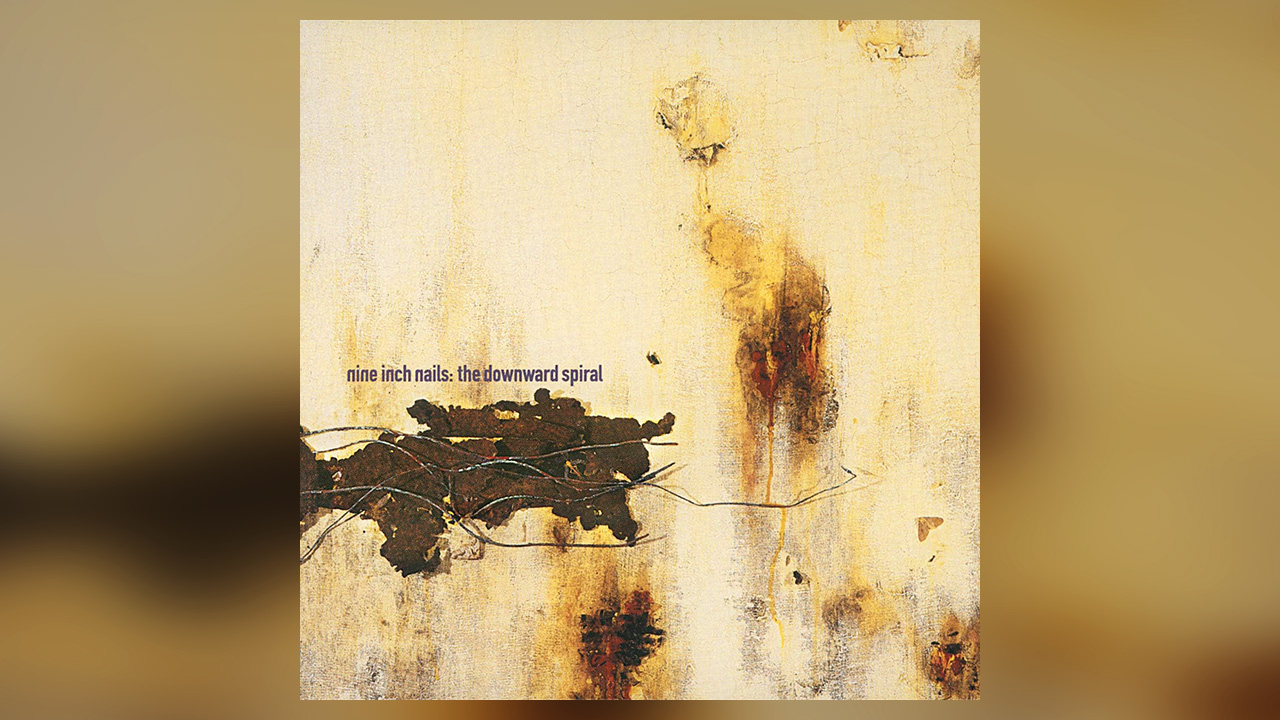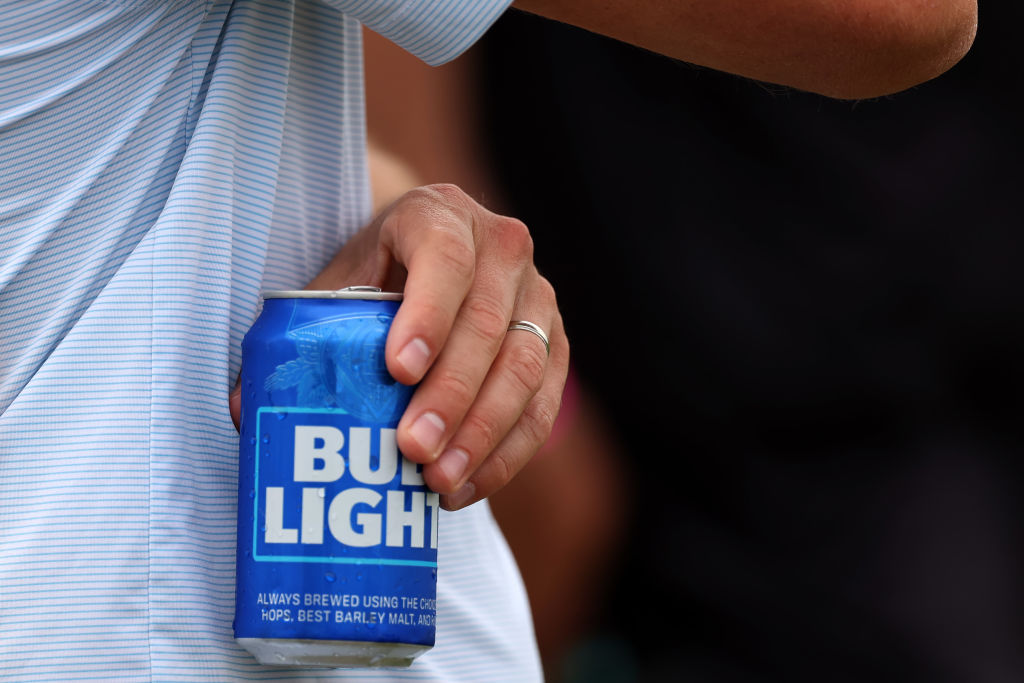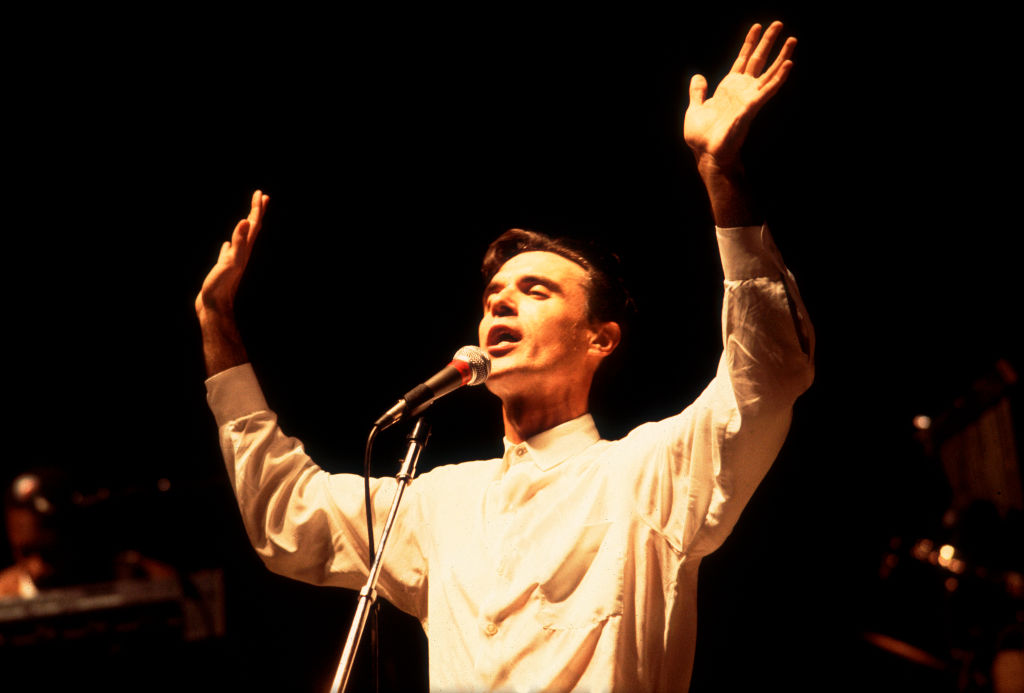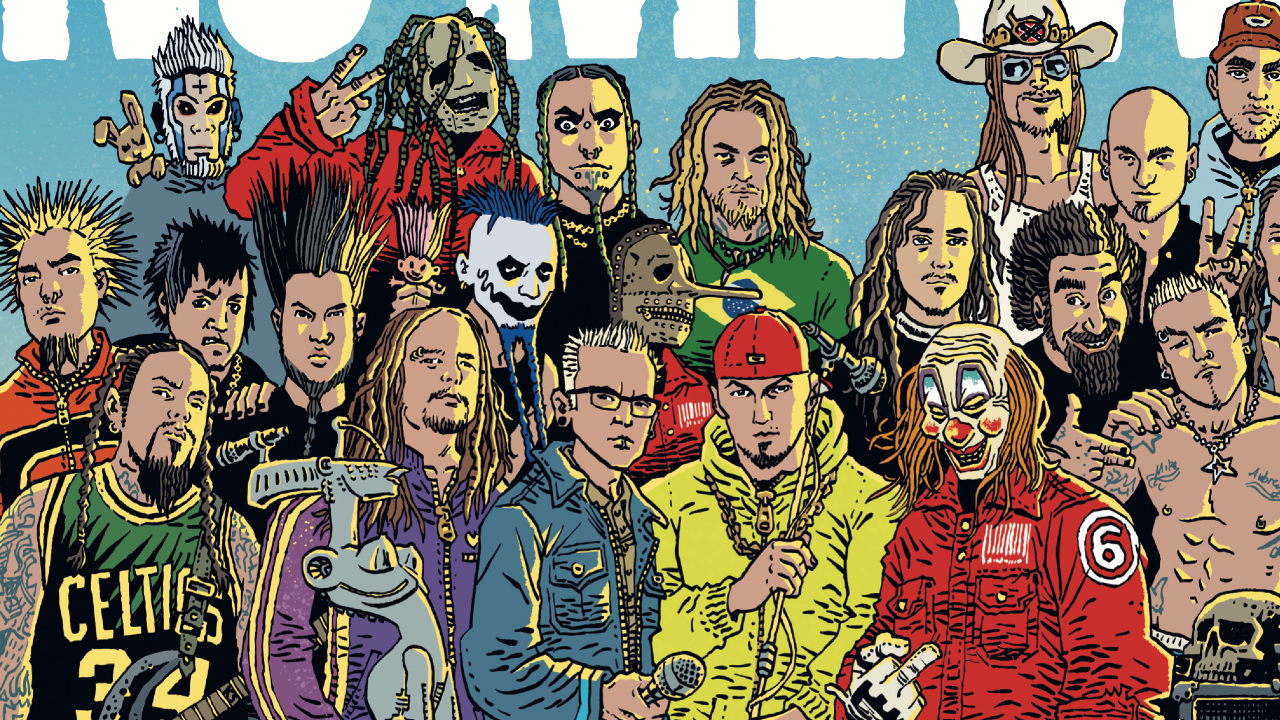
"It was a beautiful scar on the metal world." How Limp Bizkit, Linkin Park, Korn and the rest took nu metal from hated subgenre to the biggest thing on Planet Earth
is standing with his hand on the detonator, counting down to oblivion. It’s May 1999, and MTV have invited to the Bahamas for Blow The Boat: Isle Of MTV Summer Launch, a televised summer moshfest with two express goals: firstly, to showcase two new tracks – and – from the band’s soon-to-be- released second album, , and secondly, to... well, blow up a boat. Looking back now, the correlation between the two is anyone’s guess, but as Fred pushes down the plunger that detonates the explosives packed into the small sailboat moored a few hundred yards away, sending stern and bow rocketing sky-high in an inferno of flames, the symbolism is hard to miss. Over the previous few years, had become the dominant sound within the metal scene thanks to the likes of Korn, Deftones and Coal Chamber and Limp Bizkit themselves, but, like the boat that Fred Durst has just blown up, it’s about to explode everywhere. Until that point, nu metal had largely been kept at arm’s length by the gatekeepers of mainstream culture. But suddenly this downtuned, groove-heavy, hip hop-influenced mutant noise had become too big to ignore. Between the year 2000 and the end of 2003, the whole world went nu metal. The likes of Limp Bizkit, System Of A Down, Papa Roach, Disturbed and produced million-selling album after million-selling album. Their music muscled its way into the upper regions of the chart, onto TV shows and into movies, and into the worlds of video games, wrestling and extreme sports. Nu metal engendered its own community and look: kids in baggy jeans and studded wristbands gathered in parks, town centres, shopping malls and clubs up and down the country. Nu metal went from outsider scene to being at the centre of everything. As Serena Cherry, singer and guitarist with Brit-metal ragers Svalbard and a former teenage nu metal fan, puts it today: “It was so much more than a genre.” are rightly credited with pioneering nu metal with the release of their self-titled debut album in 1994. That record, whose tar-thick grooves drew on hip hop as an inspiration and whose emotional angst owed as much of a debt to grunge as it did to metal, sparked an avalanche. Nu metal’s first wave broadened metal’s boundaries. Limp Bizkit’s debut album, 1997’s , had fused the swagger of and Wu-Tang Clan with the energy of 80s punk bands such as Black Flag and Minor Threat, throwing in a trend-setting cover of George Michael’s 1987 hit for good measure (covering 80s pop songs was a very nu metal thing to do, reaching critical mass in 2001 with Alien Ant Farm’s cranked-up version of the old Michael Jackson hit ). “People were either high on the emotion of things being fresh and exciting in terms of new sounds and urban music coming into heavy music, or they were rebelling against that,” Fred Durst told in 2014. “It meant something to a big group of people who had never been heard before. It was special.” By 2000, that “big group of people” had become enormous. That was the year when nu metal went truly crazy. The list of albums released between January and December 2000 that went on to reach gold and platinum status in the US is impressive. Among them were Disturbed’s debut , Deftones’ , Mudvayne’s , Papa Roach’s , Limp Bizkit’s (launched with a party at the Playboy Mansion, no less) and, dwarfing them all, Linkin Park’s 12-million-selling . “A lot of people our age were into nu metal and forming bands,” says Morgan Lander of Kittie, whose debut album, , was released in November 1999. “Our first tour was with Slipknot, in January 2000. We were like, ‘Holy shit, what is going on here?’ People were eating it up.” Proof that nu metal had elbowed its way onto the mainstream’s radar came on March 3, 2000, when – riding high on the success of the previous year’s self-titled debut album – made their debut UK TV appearance on . This boozily chaotic programme usually featured appearances from a mix of celebrities, actors and whichever A-list pop or indie band was in town that day. But that night, the people watching at home didn’t realise that chaos was about to rain down on them. Bafflingly if enthusiastically introduced by host Chris Evans as “horror metal landslide legends”, the ’Knot tore into in front of an audience that was absolutely mad for it. Within the first minute, one camera was taken out. Seconds later, another camera cut to black, lost to the mist of violence. It was a performance that captivated the minds of young metal fans and would-be Maggots across the country. One of those enraptured kids was Serena Cherry. Now the frontwoman of Svalbard, she vividly remembers watching Slipknot’s performance when it was broadcast, scrambling to get a tape in the VCR to record it and then watching it back over and over again. “That moment was like bottled lightning. We would never be able to recreate it nowadays,” she says, adding that she was inspired by Slipknot’s to learn drums. “I might not even be a musician had it not been for nu metal.” The last time heavy music had been so dominant was almost a decade earlier, when had become the defining soundtrack of the early 1990s. But where the likes of Nirvana and Pearl Jam viewed fame with a mix of embarrassment and contempt, nu metal took the opposite stance, taking its in-your-face swagger and appetite for excess from hip hop’s larger-than-life approach. “They had this rock star attitude,” says Bury Tomorrow vocalist Dani Winter-Bates, who was 14 when Limp Bizkit released . “This punk attitude without it being punk.” Money was thrown at big-budget promo videos for songs such as Limp’s Bizkit’s , which was filmed on top of the Twin Towers of the World Trade Center and featured a cameo from actor Ben Stiller, and Papa Roach’s , whose video perfectly captured the exhilaration of nu metal. Nu metal found itself in heavy rotation on all-powerful MTV show (‘Total Request Live’). alongside the likes of Backstreet Boys and Destiny’s Child. Suddenly, everybody wanted a piece of nu metal. Korn and Limp Bizkit had collaborated with rappers Ice Cube and Eminem respectively in the late 90s (the latter on unreleased track ), but now the two genres were becoming properly entangled. featured guest spots from rappers DMX, Redman, Method Man, Xzibit and Run DMC’s Run. Two days after the album was released, Limp Bizkit and Eminem teamed up for the Anger Management Tour, which also featured , Xzibit, DMX and Godsmack. Nu metal’s early 2000s blockbuster phase was the era of the mega package tour. As well as Anger Management, there was 2000’s Tattoo The Earth (27 dates co-headlined by Slipknot and Slayer), the latest instalment of the Korn- created Family Values tour (the 2001 line-up featured Linkin Park, Staind, Static-X and Deadsy alongside headliners Stone Temple Pilots), 2001’s Pledge Of Allegiance tour (Slipknot and co-headlining, with support from Rammstein, Mudvayne, American Head Charge and the long-forgotten No One) and the Sno-Core tour (headlined in 2000, 2001 and 2002 by System Of A Down, Fear Factory and Alien Ant Farm respectively). Looming over them all was Ozzfest, the big daddy of the travelling metal festival scene, which adroitly surfed the nu metal zeitgeist. “Ozzfest was sort of like our summer camp,” says Kittie’s Morgan Lander, who played on the 2000 edition of the tour. “The energy was very raw back then for a lot of that stuff. The crowds were pretty out of control.” With the scene’s success came acceptance in other areas previously shut off for metal bands. At 2000’s MTV VMA awards, Fred Durst - by now the unofficial CEO of nu metal – for an unlikely version of Limp Bizkit’s . Tabloid rumours swirled that Fred was dating both Christina (her team were said to have talked her out of the union, fearing the damage it would cause to her reputation) and fellow singer Britney Spears. Speaking to in 2022, Papa Roach’s Jacoby Shaddix recalled how dizzying and delirious it was being caught up in the midst of it all. “We played Rock In Rio [in 2001], and I was in the pool drinking with and Foo Fighters,” he said. “Axl Rose was over there having lunch. Britney Spears was in the pool.” And so he found himself doing what any 25-year-old who suddenly found himself rubbing shoulders with a bunch of A-list stars would do. “I was like, ‘All the famous people are in the pool, I gotta pee in the pool!’” As the early 2000s progressed, nu metal’s popularity snowballed, assisted in no small part by the rise of file-sharing services Napster and LimeWire. Suddenly kids across the world could illegally download anything from Disturbed’s to Korn’s big-budget at the click of a mouse and the high-pitched scrreeee of an old-school dial-up modem. Smaller bands found themselves dragged along in their wake. B-listers such as Fear Factory protégés Spineshank, The Union Underground (big hit: ) and Adema (featuring Jonathan Davis’s half-brother, Mark Chavez) got their five minutes on MTV and the dancefloor of the local rock club. Other sectors of the entertainment industry wanted a piece of the action. Hollywood began packing out the soundtracks to everything with nu metal bands. The gaming world was an even more natural fit, with nu metal songs appearing on everything from series to . And then there was wrestling. In 2001, at the height of WWE’s Attitude Era, Limp Bizkit’s became the theme for WrestleMania X-Seven. “The angst and drama of wrestling and nu metal merged perfectly in the early 2000s,” says Serena Cherry, a fan of both gaming and wrestling. “[Masked wrestler] Kane could have been in Slipknot and the Hardy Boyz represented looking a bit different, looking a bit weird. Nu metal stood for exactly the same thing, to fight for your individuality and not be afraid to show your anger or express darker emotions. While nu metal’s epicentre was undoubtedly the US, a fertile albeit much smaller scene was happening in the UK, populated by bands such as Miocene, Sugarcoma and Defenestration. The latter garnered attention for their 2001 debut album, “I remember going to the [UK] Ozzfest as a fan in 2001 and I got absolutely mobbed,” says Defenestration vocalist Gen Tasker today, recalling the moment she realised how big a deal nu metal had become. “I did not know how to deal with it. I was like, 'How do these people all know who I am?' I remember going home that day absolutely exhausted and crying because I felt like I was like Britney Spears or something, but without the security.” Being a British nu metal band could be a thankless task. While US bands were raking in the dollars and clearing wall space for their platinum discs, their UK counterparts never reached the same level of commercial or financial success. “I still lived with my parents and had to go to work in some horrible dingy factories,” says Gen. “I remember packing vegetables on the day that our second album was released.” Like virtually every subculture before them, nu metal displayed its tribal affiliations via the clothes it wore and the way it looked. Yet even the fashion was different to that which had come before in the 80s and metal scenes: puddle-scraping trousers and wallet chains mismatched with sportswear was the uniform of kids hanging out in town centres and shopping malls. “Nu metal hyped up brands that weren’t necessarily associated with the alternative scene,” says Bury Tomorrow’s Dani Winter-Bates. “You’d have the shell Adidas shoes with big, flared jeans, all these bands up your arm and spikes around your neck, but then you’d have a hip hop jacket.” “Fashion was such a big part of it because nu metal was about communicating to everyone else,” adds Serena Cherry. “It wasn’t just about an internal rebellion. It was about showing that externally, through what you wore and how you acted. Everything about it was there to tell the world that you were pissed off.” So distinct was the nu metal ‘look’ that Calvin Klein asked Kittie if they wanted to appear in one of their iconic black and white jeans adverts. It was an offer the band refused for fear of betraying their authenticity. “At the time we were [all about] remaining legit,” says Morgan Lander. “We didn’t want anyone to question the validity of our songwriting skills or our abilities as musicians.” Their worries were justified. Kittie found themselves on the receiving end of the misogyny that dogged the nu metal scene, internally and externally. The band were vacuously described as “Britney Spears meets ” on one US chat show, while male fans would peer behind their amps at gigs, assuming a guitar tech was playing their riffs for them. “There was a lot of rumour and online speculation about whether we wrote our songs or that we were some sort of industry plant,” says Morgan. “Perhaps we were children of privilege, and my dad bought our record contract.” The misogyny and frat-boy boorishness that surrounded nu metal is indefensible. Ironically, it was Fred Durst – whose band’s set at the ill-fated festival was marred by aggression and alleged sexual assaults in the crowd – who later criticised the growing toxicity that surrounded the scene. “I really thought that people were identifying where I was coming from – a guy who finally got to stand up and fight back,” he told in 2012. “The irony was that the bullies themselves started to like the music.” For Svalbard’s Serena Cherry, who was bullied throughout secondary school, being a teenage nu metal fan wasn’t easy. “I remember walking through town and having milkshake thrown on me,” she says now. “There was a group of girls who used to wait for me after school to beat me up – they used to call me a dirty mosher and a goth.” Back then, tribal lines were not to be crossed. “I remember it always used to be like, ‘Oh, there’s going to be a fight after school between the ‘trendies’ and the ‘moshers’,” she says. “But it always seemed to me like the trendies picking on the moshers. It never seemed the other way around.” Once nu metal hit the mainstream, one of her chief antagonists arrived at school with freshly dyed black hair, wearing a band t-shirt. “I remember being so offended by that,” says Serena. “You made my life misery a year ago for liking this stuff, and now you’re turning around telling me it’s cool, trying to say that you’re the same as me?” Despite nu metal’s success, sections of the mainstream music press had always treated the genre with varying degrees of condescension and barely disguised contempt. Yet it would be nu metal itself that proved to be the architect of its own downfall. By the end of 2003, the scene was becoming stagnant. While Linkin Park proved that lightning could strike twice with their second album, , many of the bands who broke in the 1990s had wilfully disentangled themselves from it, among them Deftones, System Of A Down and Slipknot (as brilliant as they are, , and aren’t nu metal albums). The bands that were coming through lacked the spark of their predecessors; those that did have it, such as the goth-tinged Evanescence, were combining nu metal with something fresh. Limp Bizkit served up a turkey with their fourth album, , and off the starboard bow, the sharks were starting to circle in the shape of the New Wave Of American Heavy Metal. Yet whether they liked it or not, the bands that emerged during nu metal’s early 2000s blockbuster phase had an impact on a generation of musicians that followed. ’ Sam Carter, Bring Me The Horizon’s Oli Sykes and Bury Tomorrow’s Dani Winter-Bates have all talked about how nu metal provided the impetus for them to start their own journeys in music. “Jacoby Shaddix is one of the main reasons why I’m a frontman today,” says Dani. “He had a profound effect on my lyric writing, and on my hook writing. Even though your vocals are heavy, make it catchy so people remember it.” Yet nu metal itself has proved surprisingly durable. We’re currently in the grip of resurgence, with everyone from Spiritbox and Bury Tomorrow to Blind Channel and Slipknot sprogs Vended incorporating elements of the genre into their sound. The renaissance was rubber-stamped at the festival in Las Vegas in the spring of 2023. “I love the emotion of nu metal, specifically with Linkin Park,” says Will Ramos, vocalist with rising deathcore heroes Lorna Shore. “That’s a big reason why the last three songs on [the band’s 2022 album] are as emotional as they are. I love songs that talk to you. It’s not about the breakdowns. It’s about the message.” And the old guard? The likes of Korn, Limp Bizkit and Papa Roach all expressed annoyance in the past at being saddled with the ‘nu metal’ tag. Today, they’ve all reconciled with the idea of being part of a scene that went supernova in the 00s. “I look back on nu metal fondly now,” Jacoby Shaddix told in 2022. “Back in the day I was like, ‘Fuck nu metal, that shit is dead.’ Now I’m like, ‘Fuck yeah! I was one of the OGs!’ We were creating something, a sound that was new and unique and that’s fucking dope. I am so grateful to be part of that story.” For Serena Cherry, nu metal’s importance is about more than just the music and its cultural impact in the early 2000s. It’s more personal than that. “It was like the equivalent of a safe space through music,” she says. “In terms of the way I dressed and getting in touch with emotions, nu metal was really good at teaching me how to deal with negative emotions and how to have an outlet for angst and rage and aggression. It made me who I am. It’s a beautiful scar on the metal world.” Sign up below to get the latest from Metal Hammer, plus exclusive special offers, direct to your inbox! Danniii Leivers writes for Classic Rock, Metal Hammer, Prog, The Guardian, NME, Alternative Press, Rock Sound, The Line Of Best Fit and more. She loves the 90s, and is happy where the sea is bluest. TesseracT reveal new video game play in visualizer for The Grey 10 classic metal albums with horribly ugly cover art "These songs aren’t written to be your friend, they're written to protect you": supergroup Empire State Bastard want you to join their riot





